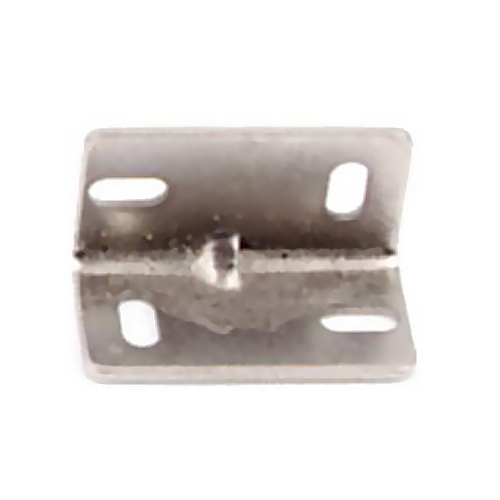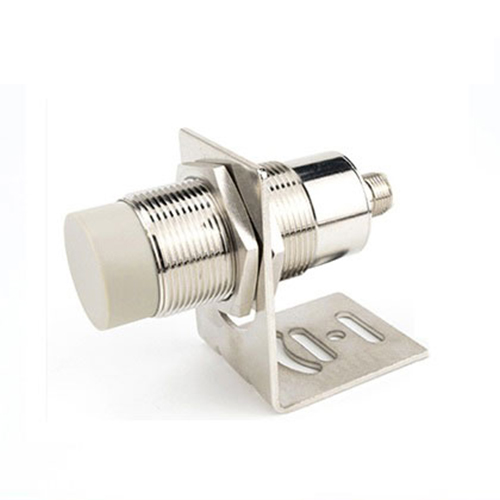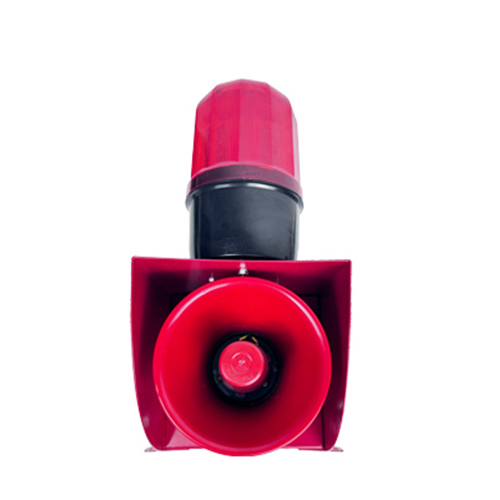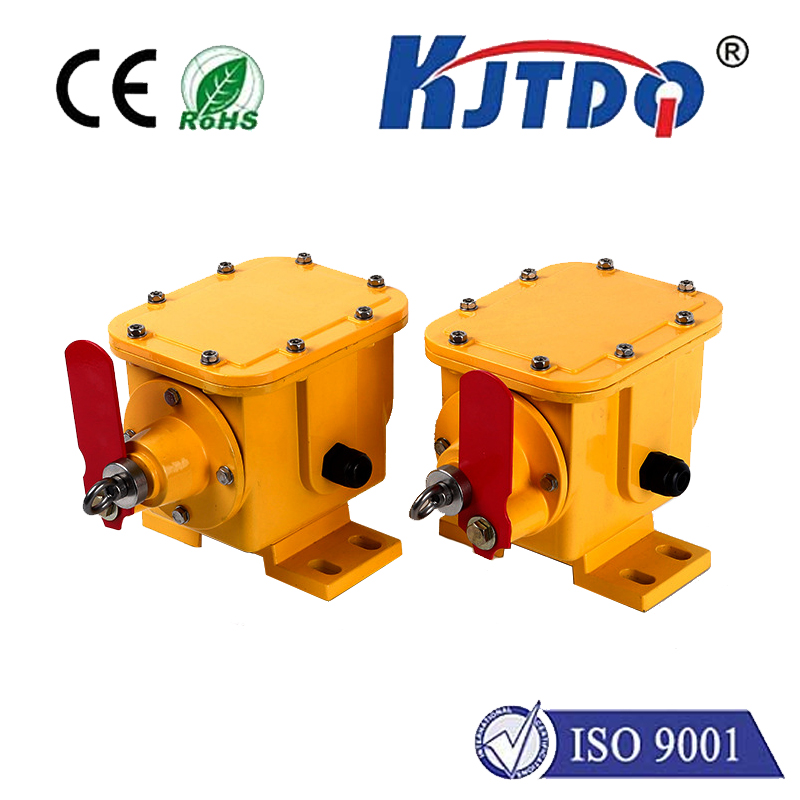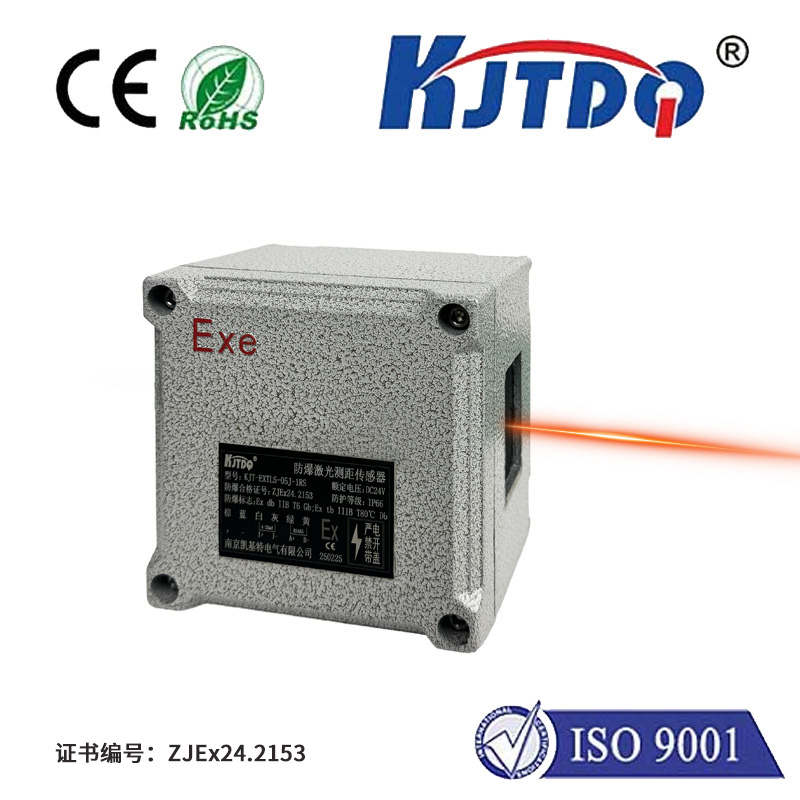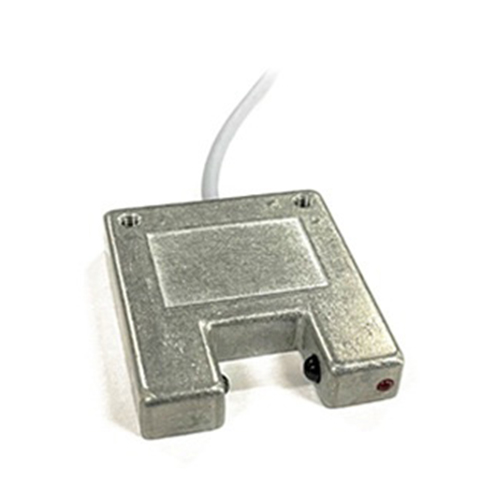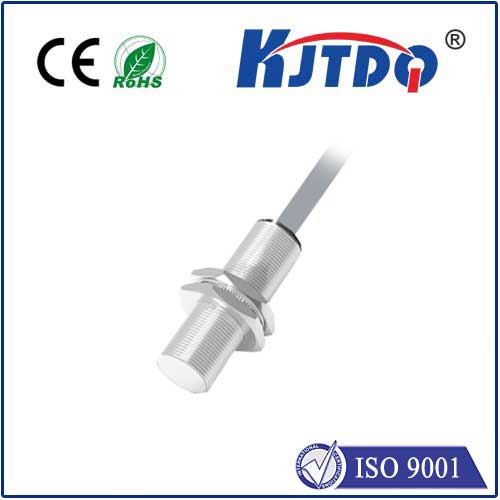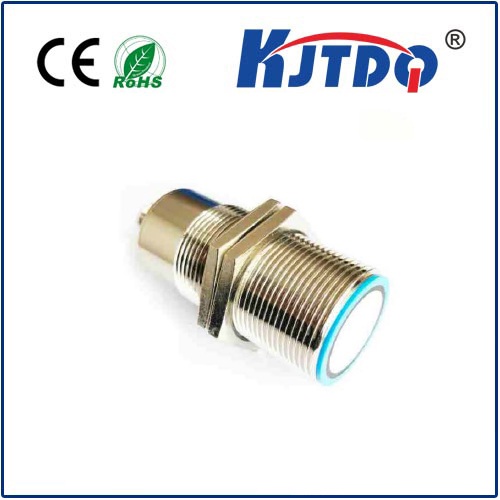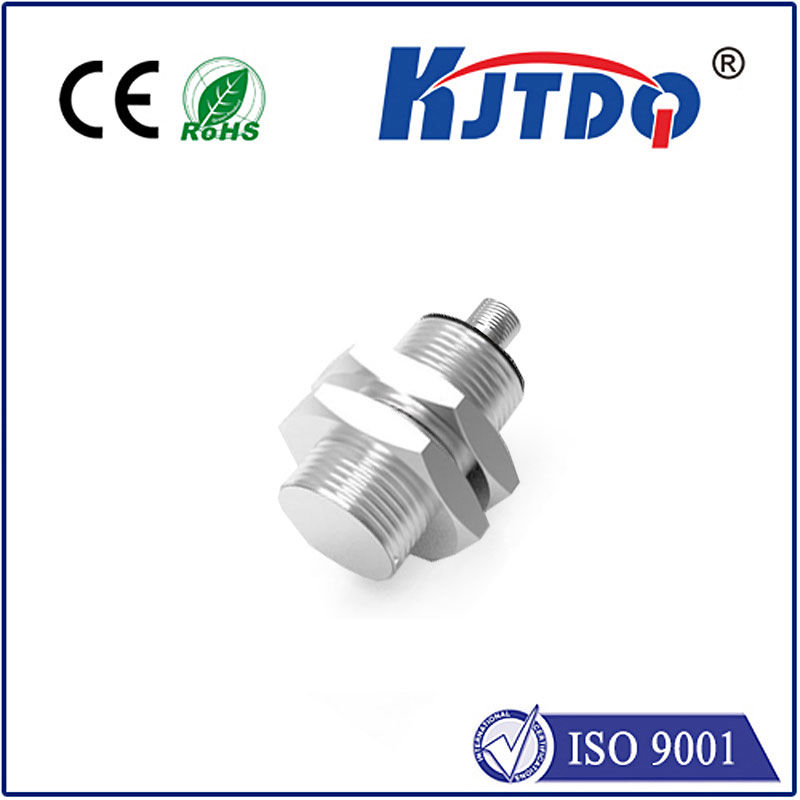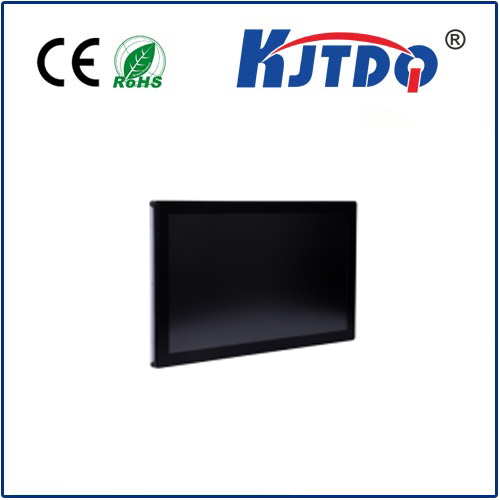

check

check

check

check

check

check

check

check

check

check
Current Limit Load Switch: Ensuring the Safety and Efficiency of Electrical Systems
Electricity is a powerful force that has revolutionized our lives, enabling us to power everything from tiny devices to vast industrial machines. However, with great power comes great responsibility, as electrical systems can pose significant safety risks if not handled carefully. This is where the current limit load switch comes into play, serving as a crucial component in ensuring the safe and efficient operation of electrical circuits.
What is a Current Limit Load Switch?
At its core, a current limit load switch is a specialized type of switch designed to break an electrical circuit automatically when the current exceeds a preset threshold. The switch is engineered to sense the flow of electricity and activate when there's an anomaly, such as an overload or short circuit, which could lead to damage or danger. By doing so, it protects the circuit and connected devices from potential harm.
Importance of the Current Limit Load Switch
The significance of using a current limit load switch cannot be overstated. Here’s why it is essential:
1. Preventing Overheating and Fires: Excessive current can cause wires and components to overheat, potentially resulting in fires. A CLLS prevents this by disconnecting power before temperatures reach critical levels.
2. Safeguarding Equipment: Sensitive equipment and appliances are vulnerable to surges and spikes in current. A CLLS acts as a shield, cutting off damaging currents before they can harm the internal mechanisms.
3. Promoting Efficiency: By managing the current flow, a CLLS optimizes energy consumption, reducing wasted power and helping maintain system efficiency.
4. Compliance with Standards: Many electrical codes and safety standards mandate the use of protection devices like CLLS to ensure public safety and compliance with regulations.
Applications of Current Limit Load Switches
The versatility of current limit load switches makes them suitable for various applications:
1. Industrial Control Systems: In manufacturing and automation, CLLS protects against motor startup surges and other high-current events that could disrupt production lines.
2. Residential Circuits: Within homes, these switches are used in circuit breaker boxes to guard against overloaded outlets and appliances that might otherwise suffer damage.
3. Data Centers: Server rooms require precise control over power delivery to prevent data loss and hardware failure; CLLS plays a key role in maintaining stability.
4. Renewable Energy Systems: In solar and wind installations, CLLS ensures the safe transfer of energy while preventing damage during unexpected power surges.
Conclusion
In summary, a current limit load switch serves as the guardian of electrical systems. Its ability to detect and interrupt dangerous levels of current flow is vital to the protection of property and human life. With technological advancements continuously pushing the boundaries of what we can achieve electrically, having reliable safety measures like the CLLS is more important than ever before. As our reliance on electrical systems grows, let us not forget the importance of safeguarding them with intelligent and responsive technology like the current limit load switch.
